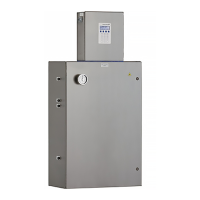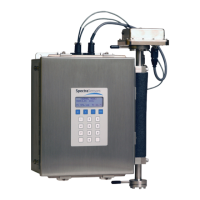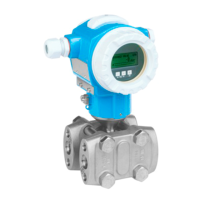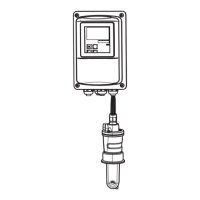SS2100i-2 TDLAS Gas Analyzer Operating Instructions
Endress+Hauser 9
2.4 About the gas analyzers
Endress+Hauser SS2100i-2 analyzers employ SpectraSensors tunable diode laser absorption spectroscopy (TDLAS) to
measure the concentration of single compounds in gas mixtures. The tunable diode laser (TDL) absorption
spectrometers in the SS2100i-2 operate in the near- to short-wavelength infrared. Each compact sensor consists of a
TDL laser light source, sample cell, and detector configured for high sensitivity measurement of a particular
component within the gas-phase constituents in the stream. The sensor is controlled by microprocessor-based
electronics with embedded software that incorporates advanced operational and data processing algorithms.
In its simplest form, a diode laser absorption spectrometer typically consists of a sample cell with a mirror at one end,
and a mirror or window at the opposite end, through which the laser beam can pass, as shown in the figure below.
The laser beam enters the cell and reflects off the mirror(s) making one or more trips through the sample gas and
eventually exiting the cell where the remaining beam intensity is measured by a detector. With the SS2100i-2
analyzers, sample gas flows continuously through the sample cell ensuring that the sample is always representative
of the flow in the main pipe.
Figure 1. Schematic of a typical tunable diode laser absorption spectrometer
1. Laser 5. Detector
2. Pressure sensor 6. Window/near mirror
3. Outlet 7. Inlet
4. Optical head 8. Far mirror
Due to their inherent structure, the molecules in the sample gas each have characteristic natural frequencies (or
resonances). When the output of the laser is tuned to one of those natural frequencies, the molecules with that
resonance will absorb energy from the incident beam. That is, as the beam of incident intensity, I
0
(), passes through
the sample, attenuation occurs via absorption by the trace gas with absorption cross section (). According to the
Beer-Lambert absorption law, the intensity remaining, I(), as measured by the detector at the end of the beam path
of length / (cell length x number of passes), is given by
where N represents the species concentration. Thus, the ratio of the absorption measured when the laser is tuned on-
resonance versus off-resonance is directly proportional to the number of molecules of that species in the beam path,
or

